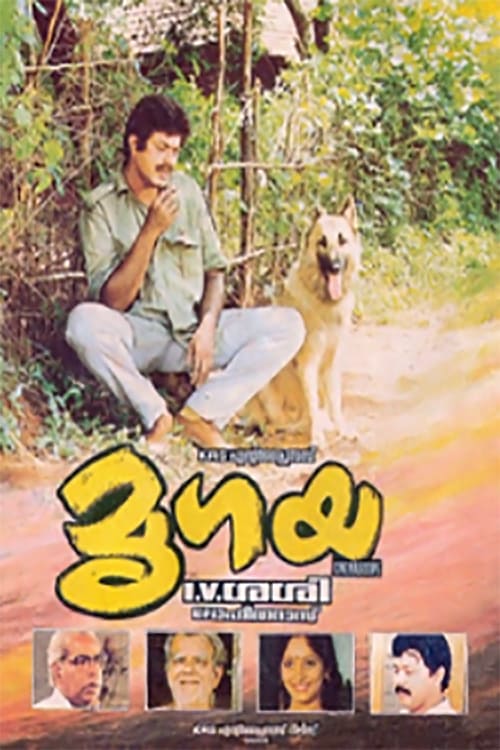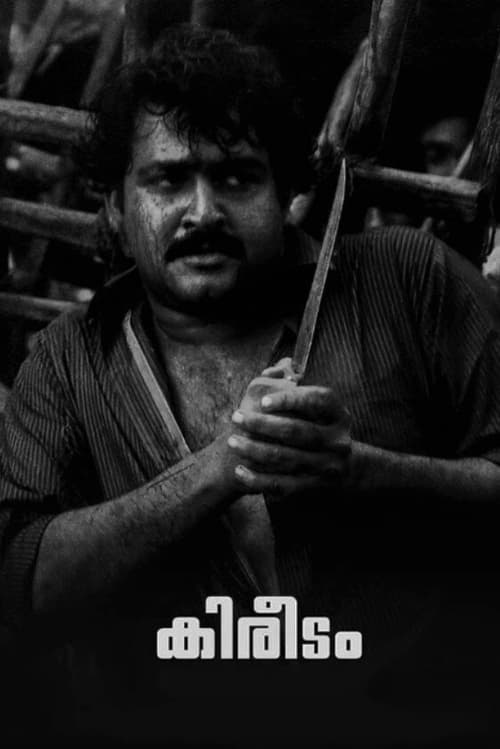
Ask Your Own Question
What is the plot?
What is the ending?
In the ending of "Nyayavidhi," the protagonist, a lawyer named Raghunath, successfully defends his client, who is wrongfully accused of murder. The truth is revealed, leading to the acquittal of the innocent man. Raghunath's dedication to justice is highlighted, and he finds personal closure as he reconciles with his own past. The film concludes with a sense of triumph for justice and the importance of truth.
As the climax of "Nyayavidhi" unfolds, the courtroom is filled with tension. Raghunath, portrayed with a fierce determination, stands before the judge, his heart racing as he prepares to present his final arguments. The atmosphere is thick with anticipation; the audience can feel the weight of the lives at stake. The accused, a young man named Mohan, sits nervously in the dock, his fate hanging in the balance. Raghunath's internal struggle is palpable; he is not just fighting for Mohan's freedom but also grappling with his own demons from the past.
In a pivotal scene, Raghunath recalls the evidence that had initially seemed damning. He meticulously dissects the testimonies of witnesses, revealing inconsistencies that cast doubt on their credibility. The camera zooms in on Raghunath's face, showcasing his intensity and passion for justice. He passionately argues that the real murderer is still at large, and he implores the court to consider the truth rather than the surface-level evidence.
As the trial progresses, flashbacks reveal Raghunath's own history with injustice, which fuels his resolve. He remembers a time when he was unable to save an innocent person, and this memory drives him to ensure that Mohan does not suffer the same fate. The emotional stakes rise as Raghunath's voice trembles with conviction, and the audience can sense his desperation to right the wrongs of the past.
The courtroom drama reaches its peak when Raghunath presents a crucial piece of evidence--a witness who had been overlooked. This witness, a humble villager, steps forward, shaking with fear but resolute in his testimony. He recounts seeing the real murderer at the scene, providing a clear alibi for Mohan. The tension in the room is electric; the judge and jury lean forward, captivated by the unfolding truth.
As the final verdict is announced, the courtroom holds its breath. The judge declares Mohan not guilty, and a wave of relief washes over Raghunath. Mohan collapses in tears, overwhelmed by the weight of his acquittal. Raghunath, too, feels a surge of emotion, a mix of triumph and sorrow for the battles he has fought and lost in the past.
In the aftermath, Raghunath finds a moment of quiet reflection. He stands outside the courthouse, the sun setting behind him, symbolizing a new beginning. He has not only saved an innocent man but has also found a sense of peace within himself. The film closes with Raghunath walking away, a determined figure against the backdrop of a world that still needs justice, embodying the film's message about the relentless pursuit of truth and the impact one individual can have in the fight against injustice.
The fates of the main characters are intertwined with this resolution. Mohan, now free, is given a second chance at life, while Raghunath, having faced his own past, emerges as a champion of justice, ready to continue his fight for the voiceless. The film ends on a hopeful note, emphasizing the importance of integrity and the power of truth in the face of adversity.
Is there a post-credit scene?
The movie "Nyayavidhi," produced in 1986, does not have a post-credit scene. The film concludes its narrative without any additional scenes or content after the credits roll. The focus remains on the story and its resolution, leaving no further material for viewers to engage with once the credits begin.
What role does the antagonist play in the protagonist's journey?
The antagonist, a powerful and corrupt figure, embodies the systemic injustices that the protagonist must confront. Their encounters are charged with tension, as the antagonist's manipulative tactics challenge the protagonist's resolve, forcing him to navigate a treacherous legal landscape while maintaining his moral compass.
How does the relationship between the protagonist and his family evolve throughout the film?
Initially, the protagonist shares a close bond with his family, which is shattered by the events that unfold. As the story progresses, the strain of his quest for justice creates tension, leading to moments of conflict and reconciliation, ultimately highlighting the importance of familial support in the face of adversity.
What motivates the main character to seek justice in Nyayavidhi?
The main character, portrayed by Rajesh Khanna, is driven by a deep sense of personal loss and injustice after a tragic event affects his family. His emotional turmoil and desire for retribution propel him into a legal battle, showcasing his determination to confront the corrupt forces that have wronged him.
What key events lead to the courtroom showdown in Nyayavidhi?
Several pivotal events build up to the courtroom showdown, including the protagonist gathering evidence, facing threats from the antagonist's henchmen, and rallying support from allies. Each event escalates the stakes, culminating in a dramatic trial where the protagonist must confront not only the antagonist but also his own fears and doubts.
How does the film portray the theme of justice through its characters?
The film intricately weaves the theme of justice through its characters, particularly through the protagonist's unwavering commitment to truth and fairness. Supporting characters, including friends and family, reflect various perspectives on justice, from idealism to cynicism, creating a rich tapestry that highlights the complexities of seeking justice in a flawed system.
Is this family friendly?
"Nyayavidhi," produced in 1986, is a film that delves into themes of justice, morality, and the complexities of human relationships. While it presents a compelling narrative, there are several aspects that may be considered objectionable or upsetting for children or sensitive viewers:
-
Legal and Courtroom Drama: The film features intense courtroom scenes that may be difficult for younger audiences to understand. The emotional weight of legal battles can be distressing.
-
Conflict and Tension: There are moments of significant conflict between characters, which may include heated arguments and confrontations that could be unsettling.
-
Themes of Betrayal and Deception: The plot involves elements of betrayal, which can evoke feelings of sadness or anxiety, particularly for younger viewers who may not grasp the complexities of such themes.
-
Emotional Struggles: Characters experience deep emotional turmoil, including grief and despair, which may be heavy for sensitive audiences.
-
Moral Dilemmas: The film explores moral questions that may be challenging for children to process, as characters face difficult choices that impact their lives and the lives of others.
These elements contribute to a narrative that, while rich in storytelling, may not be suitable for all viewers, particularly younger children or those who are sensitive to intense emotional content.
























